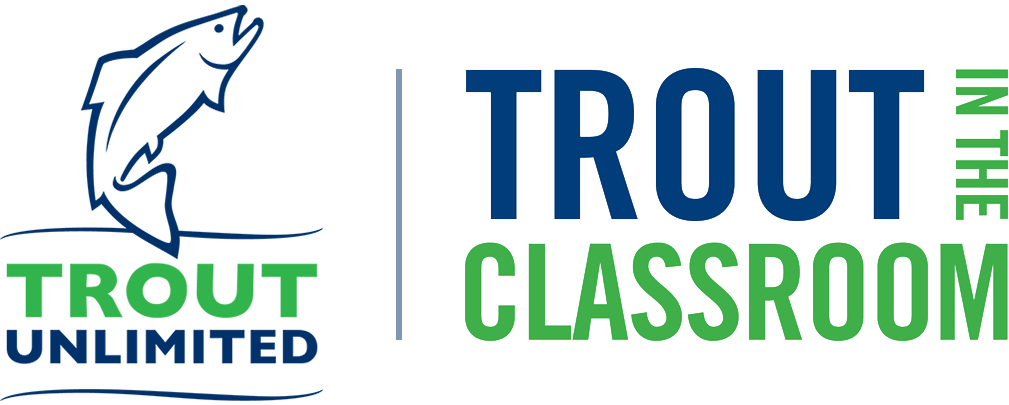KH and GH: Carbonate alkalinity and General Hardness. Why does it matter? How can I test for KH and GH? What do I need to do to change the levels?
| The national TIC and SIC network is currently discussing the role of carbonate hardness (KH) and general hardness (GH) in trout tanks. It is clear that some hardness is crucial to the well-being of the tank microbes and the trout. KH is a measurement of the total carbonate in the tank. Carbonate is found in materials such as limestone or seashells, as well as in baking soda (sodium bicarbonate). Carbonate stabilizes the pH of an aquarium, and also serves as a source of energy when oxidizing the waste ammonia in the tank. GH is a measurement of the minerals, such as calcium and magnesium ions, in the tank. These enter the tank via tap water, and they remain when water evaporates from the tank. Luckily, water changes remove these minerals, so they tend not to build too much up in trout tanks. Many teachers and students have taken to measuring KH and GH in their tanks, and adjusting the level of KH with baking soda (or a KH balance aquarium product) when necessary. Recommendations for KH and GH levels are between 50-100 ppm. Especially when microbe tank additives are used, but the nitrogen cycle is not taking off as it should, low KH can be the culprit. If you are interested in monitoring and adjusting your tank’s GH and KH, please talk to your local program coordinator, who will be up to date on what you can try, and will know more about your local tap water and what it already provides to your tank. The above information is drawn from MicrobeLift, Aquarium Pharmaceuticals, and input from Chuck Dinkel, the co-coordinator of the Maryland TIC program. |





